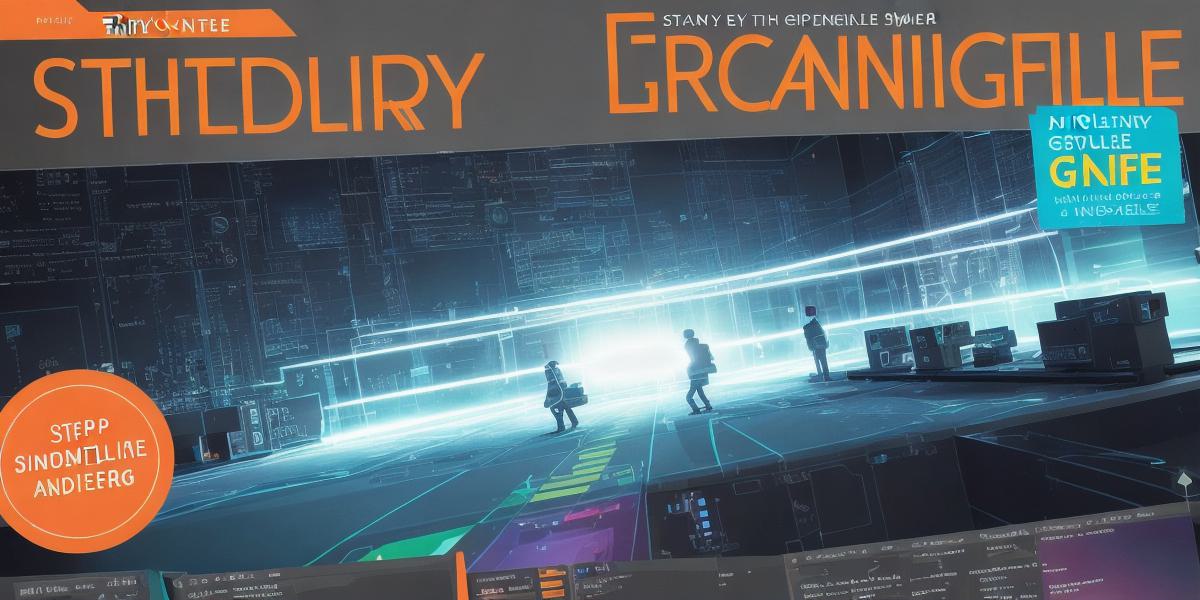Introduction:
Unity is a popular game development platform that allows developers to create immersive and interactive games for various platforms, including mobile devices, consoles, and PCs. With its intuitive interface and powerful tools, Unity has become one of the most popular choices among game developers worldwide. In this article, we will provide a comprehensive guide for Unity game developers, covering everything from basic setup to advanced techniques and best practices.
Part 1: Getting Started with Unity
Before diving into game development with Unity, it’s essential to set up your environment correctly. Here are some steps you can follow to get started:
- Install the latest version of Unity from the official website.
- Choose a suitable project template based on your game’s requirements and preferences.
- Create a new scene and add necessary objects, including cameras, lights, and other components.
- Import assets such as models, textures, and sounds into your project.
- Set up basic controls, such as movement and interaction, using scripting or visual scripting tools.
Part 2: Advanced Techniques and Best Practices
Once you have a solid foundation for your game, it’s time to explore some advanced techniques and best practices to help you create an engaging and immersive experience. Here are some key areas to focus on:
- Optimize your game’s performance by minimizing draw calls, reducing the number of objects in each scene, and using efficient data structures.
- Implement effective lighting and shading techniques to enhance the visual realism of your game world.
- Utilize advanced scripting techniques, such as coroutines and events, to create complex behaviors and interactions.
- Use particle systems and other special effects to add depth and excitement to your gameplay.
- Follow best practices for game design, such as creating a clear narrative, designing intuitive controls, and testing extensively across multiple platforms.
Part 3: Case Studies and Real-Life Examples
To help you better understand how these techniques and best practices can be applied in real-world scenarios, let’s look at some examples from successful Unity games:
- The popular puzzle game "Two Dots" uses advanced lighting and shading techniques to create a visually stunning and immersive experience. The game also follows best practices for game design, such as introducing new challenges gradually and providing clear feedback to the player.

- The augmented reality game "Pokemon Go" utilizes Unity’s powerful tools for creating complex interactions with real-world environments. The game also optimizes performance by minimizing draw calls and reducing the number of objects in each scene.
Conclusion:
Unity is a versatile and powerful game development platform that offers numerous features and tools to help you create engaging and immersive games. By following best practices for game design, implementing advanced techniques, and optimizing your game’s performance, you can create a successful and enjoyable gaming experience for players across multiple platforms.




